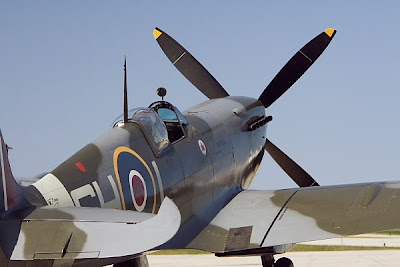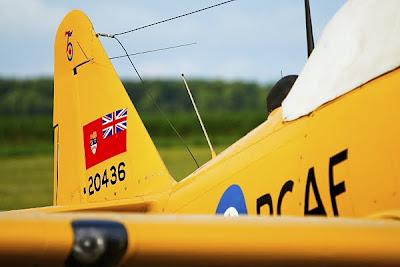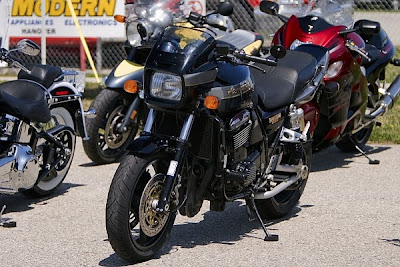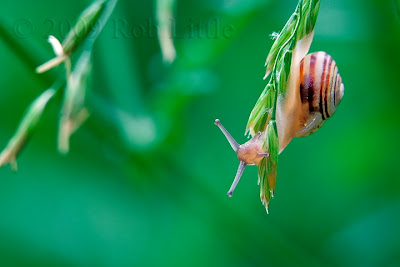We had some interesting cloud structure this week and I drove down to the lake to try capture the sunset. The sun had already disappeared when I arrived and I only had about 45 minutes of light left so I had to setup quick.
A couple things to note for these images. Long shutter time is essential to getting a good exposure low light. Long shutter time = tripod, no exceptions. It is also important to know your camera and tripod well to quickly change compositions and camera settings. Bring a flashlight to help you see.
The first image was taken around 9:30pm. I wanted to frame along the waters edge and chose this location to put the large rock in the foreground to add some interest. I wasn't paying total attention to my surroundings and almost ended up with a soaker - almost!

17-40mm at 29mm, f22 @ 20 seconds
The second image is around 15 minutes later, approximately 9:45pm. Again composed with a large rock in the foreground and the shoreline at an angle. For this image, I used my flash to fill in the foreground to maintain detail. I hand held the flash and just manual fired it about 5 or 6 times at different spots around the rocks. Notice I framed this vertically. Remember what I said earlier, know your camera and tripod well - it minimizes the fumbling around and lets you focus on the composition and details. Also notice the exposure time - 17 additional seconds longer to compensate for less light.

17-40mm at 17mm, f22 @ 37 seconds
Finally, this last image was taken at 10:01pm. There was not much colour left in the sunset but the blues in the sky are now deep. One thing to note here is that I am shooting approximately an hour after sunset, it is now pretty dark but this can make a dramatic image. Worth sticking around for, don't you think? Often people take a few shots when the sun is still in the sky and then put the camera away once it starts to disappear. Something to think about.
17-40mm at 17mm, f22 @ 95 seconds
Cheers,
Rob

























+NS.JPG)





















